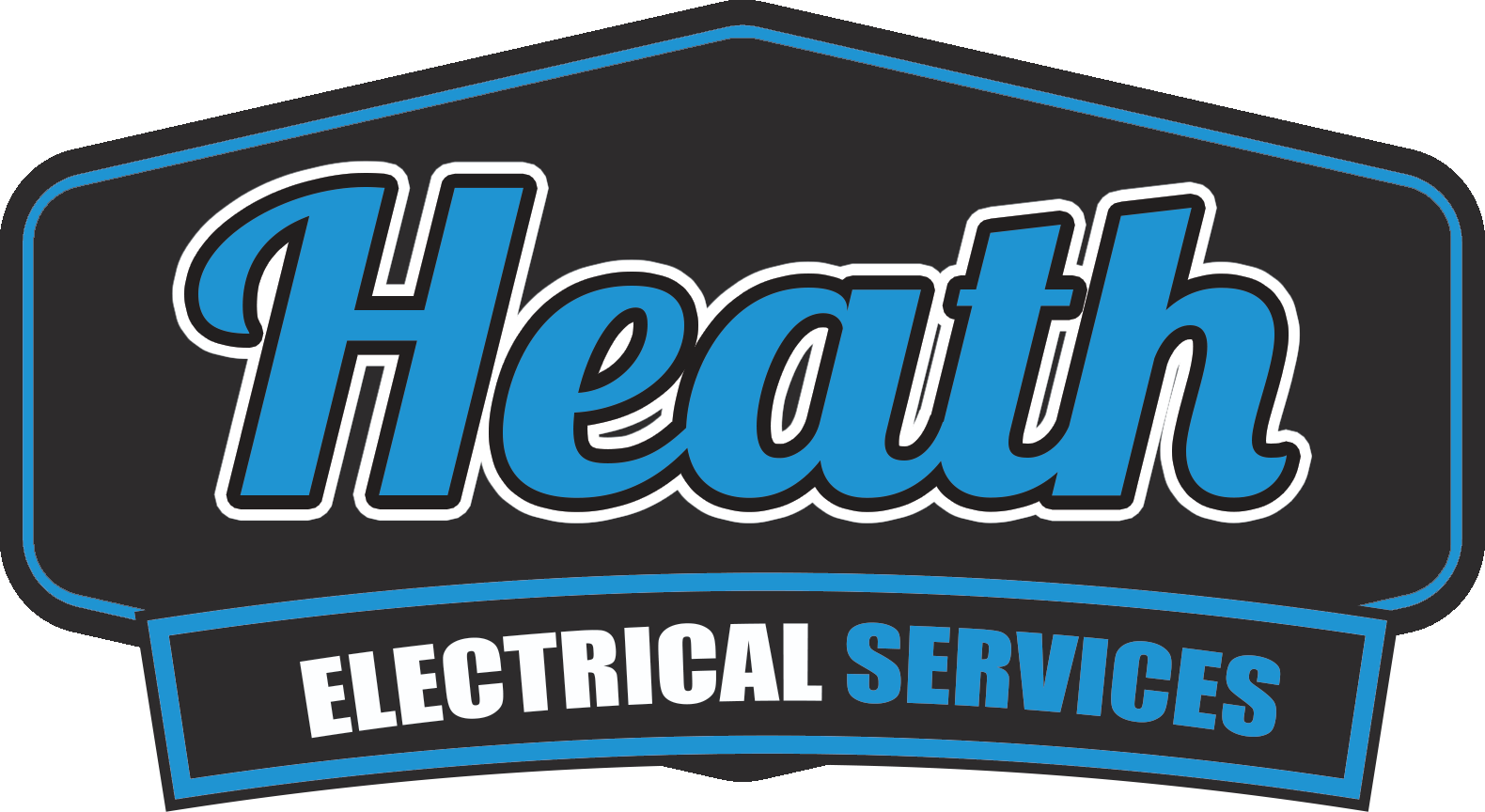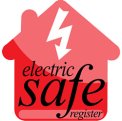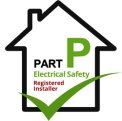Fun fact: did you know that the amount of sunlight that hits the earth in just an hour and a half is enough to power the world’s energy consumption for an entire year? This statistic from Energy.Gov is just one example of the capabilities of solar power, so it’s no surprise that we’re being encouraged to use it to our advantage! But how does this near-infinite supply of sunlight transform into electricity? How are solar panels installed? And how much is the transition likely to cost? Let us explain.
How are solar panels installed? Your questions answered
With over ten years of experience as electricians in Milton Keynes and the surrounding areas, we have worked closely with hundreds of clients to upgrade their homes and businesses, most recently through our renewable services. Installing solar panels accompanied by battery storage is an excellent way to future-proof your energy supply and begin your journey to self-sufficiency. If you’re in the early stages of planning your transition to generating your own power, our complete guide will answer the most commonly asked questions we hear from our clients.
- How does a solar panel work?
- Do you need planning permission for solar panels?
- How much does it cost to install solar panels?
- What side of the roof is best for solar panels?
- How are solar panels installed?

How does a solar panel work?
Before delving into the installation process, it’s helpful to understand how your solar panels work – and you’ll be pleased to know the concept is pretty straightforward!
Solar panels are designed with photovoltaic cells placed between layers of semi-conducting material (in most cases, this is silicon). These materials have unique properties that respond to sunlight by releasing electrons. When the electrons are released, they create a flow of electricity that is harnessed and directed through the solar panel wiring into an inverter which converts the current generated to a more usable form that can then be fed into the National Grid or used to power your home or business.

Do you need planning permission for solar panels?
In most cases, you do not need planning permission to install solar panels as it is typically classed as permitted development for both commercial and residential properties. However, as with any major change to your property, there are criteria you must meet, along with exceptions.
Residential properties:
As a homeowner or landlord, specific conditions are in place for listed buildings, flats and properties in conservation areas, making these types of homes more likely to require planning permission. For those with detached, semi-detached, and terraced houses not in a conservation zone, you should be free to install solar panels under your permitted development rights. For more helpful information on this topic, take a look at the HIES Scheme website.
Commercial properties:
Similar to the above, most commercial properties are permitted to install solar panels, whether they be roof or ground-mounted. As expected, there are exceptions for historic buildings such as churches, along with those who are planning a large-scale solar installation of more than nine square metres.
To prevent costly and time-consuming planning issues, we recommend consulting your local authorities before beginning the solar installation process.

How much does it cost to install solar panels?
Once installed, solar panels provide you with the tools to generate your own clean, free energy – but how much can you expect to pay initially?
Although this differs based on your property type, system size and the number of panels you opt to install, you can expect the price to begin from around £5,000 for homeowners and £9,500 for a business. Luckily, there are government grants in place that can help to reduce costs. We suggest taking a look at Green Match for a full list of current schemes.
Once your solar panels are up and running, not only can you save money, but you also have the opportunity to make extra cash. The Smart Export Guarantee (SEG) is a government-backed initiative that allows small-scale, low-carbon generators to export their excess energy back to the National Grid in return for a payment. More information on this can be found on the Ofgem website.
If you are interested in installing solar panels for your home or business but would like an accurate idea of costs, please do not hesitate to contact our team. We will happily provide a free and detailed quote based on your property type and requirements.

What side of the roof is best for solar panels?
The best position for solar panels will always be on a south-facing roof, as this receives sunlight when it’s at its longest and most intense period of the day. However, this certainly doesn’t mean that east or west-facing roofs aren’t suitable for solar panels.
One of the biggest misconceptions is that solar panels are only effective in direct sunlight. While it is true that the stronger the sunlight, the more power that will be generated, solar panels react to the visible light spectrum, which means that if there is enough light outside for you to see, your solar panels will continue to create electricity. This means that if your roof is exposed to sunlight at some point throughout the day, you will be able to generate power.
If your roof is particularly shaded, you may want to consider ground-mounted solar panels as an alternative. Although a more expensive option, ground-mounted systems are far easier to angle to capture direct sunlight. Learn more about this option on The Eco Experts website.
Our team of solar panel specialists are always on hand for advice to help you determine whether solar panels are suitable for your home or business. Feel free to get in touch to book a site survey and begin discussing your options.

How are solar panels installed?
The good news is that installing solar panels, whether on your home or commercial premises, is a relatively straightforward process and typically takes no more than two days, including a day to install scaffolding. Here is what you can expect from the process depending on the system type you choose:
Roof-mounted solar panels:
Before installing solar panels, a survey will need to be conducted to assess the integrity of the roof and rafters, ensuring the installation is safe to proceed with. Once approved, the process will begin:
- Scaffolding will be installed around your property to provide safe access to the roof
- Anchors are fixed to the rafters inside your loft to provide the solar panels with a secure foundation
- The solar panel mounting system will be attached to the anchors and positioned at the correct angle
- The solar panels are fitted to the mounting system and secured in place
- The wiring on the solar panels will be connected to an inverter, which will be installed near your breaker panel; if you opt for battery storage, this will also be connected to the inverter
- The inverter is then connected to your consumer unit via a circuit breaker
- A generation meter will also be installed nearby to allow you to monitor the performance of your solar panels
- Finally, your solar panels are tested and monitored for a short while to ensure they are working as they should be
When installing your solar panels, our electrical contractors in Milton Keynes will always allocate extra time afterwards to walk you through how to use your system and answer any questions.
Ground-mounted solar panels:
When choosing ground-mounted solar panels we will recommend one of two options, depending on the lie of the land and the results of your site survey:
Standard ground mount: Multiple anchors are installed into the ground to hold a racking table on which the solar panels will be placed. Although concrete piers are the most common anchor type, there are other options, such as helical piles and concrete ballasts. Standard ground-mounted solar panels are typically installed in a fixed position, although manual adjusting alternatives are available.
Pole mount: A pole-mounted system allows the solar panels to be fixed at a higher position, ideal for areas with ground obstructions such as foliage or grazing animals. One large pole is placed in a deep hole in the ground, and then the rails and solar panels will be installed on top.

Ready to get started on your solar panel installation?
The benefits of installing solar panels for both homeowners and businesses can be huge and it’s a choice that is continuing to grow in popularity. If you’re ready to get started with a survey and free quote, contact us today. With a dedicated team of experienced domestic and commercial electricians in Milton Keynes and the surrounding areas, we will work with you to design and install a solution that maximises your power generation and harnesses the power of the sun for many years ahead!














